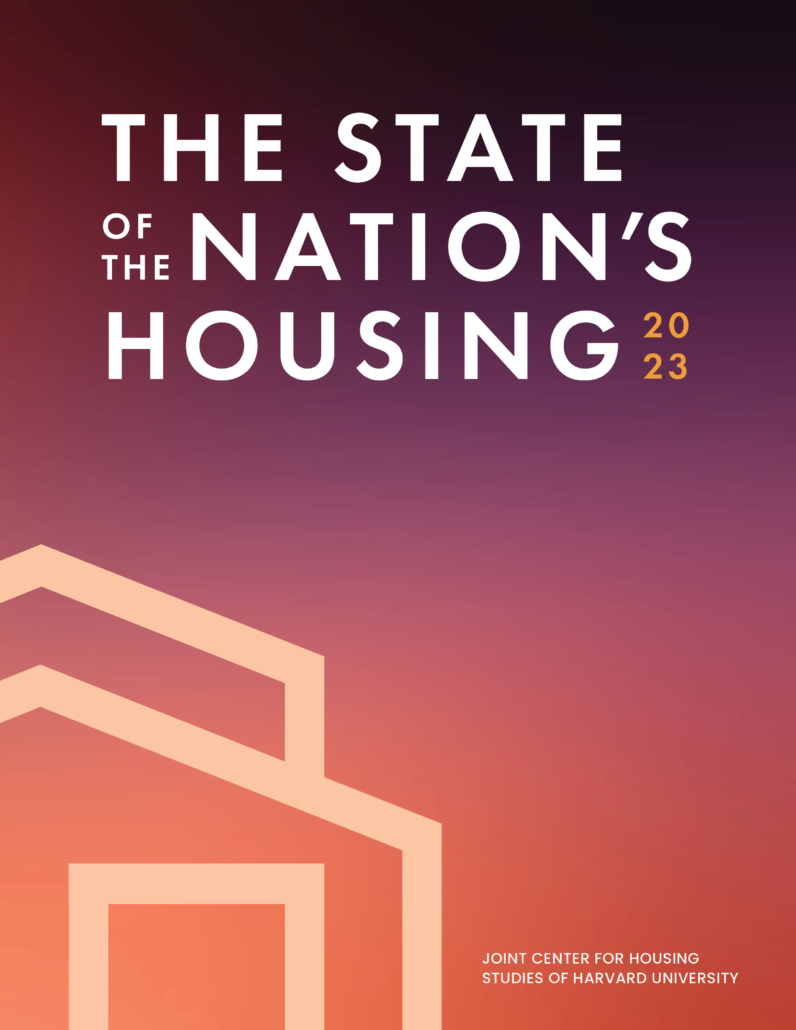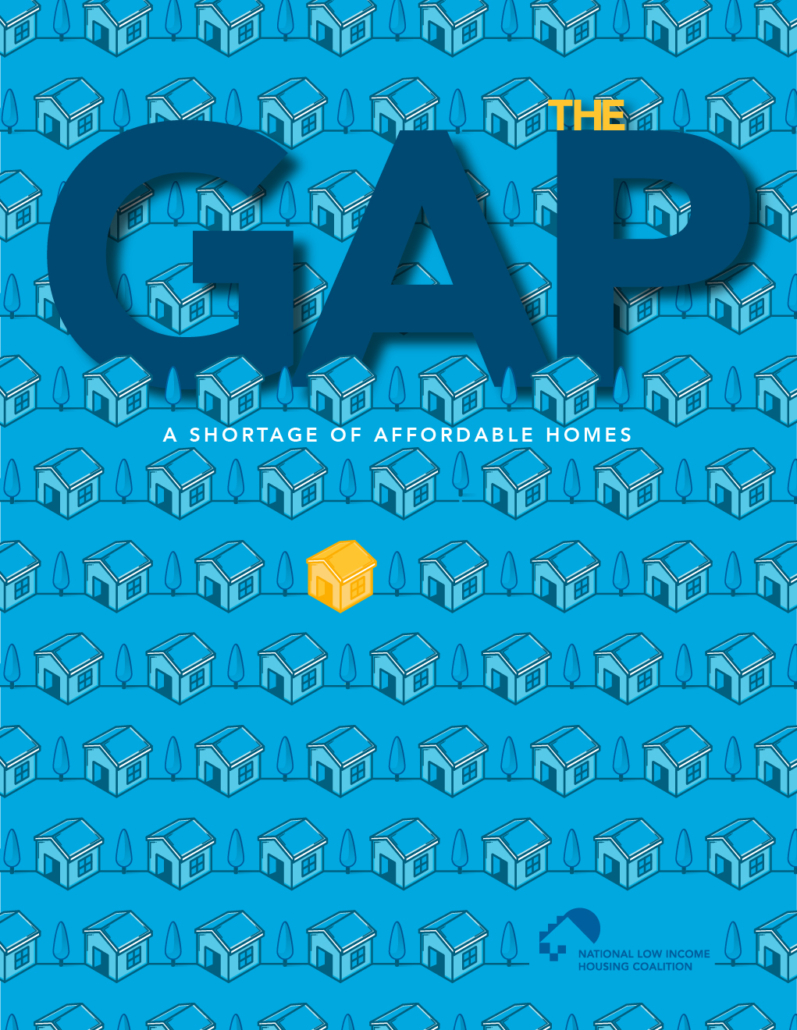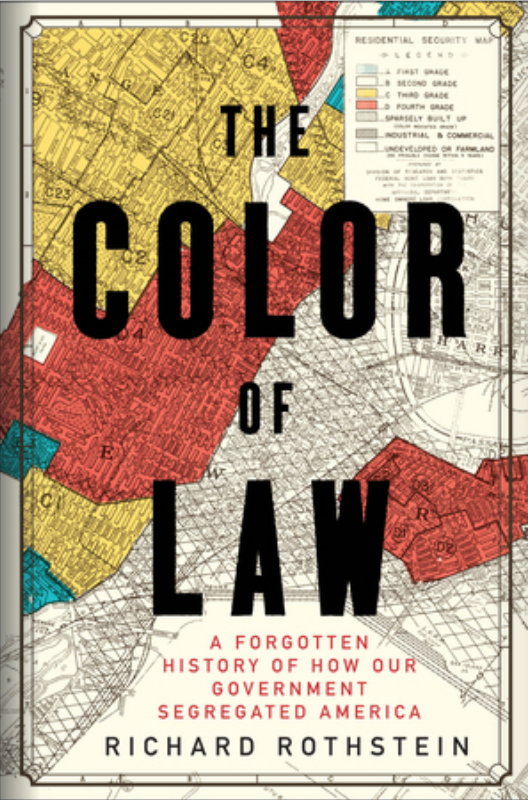2023 in Review:
Mary Ann Priester
Senior Management Analyst
Mecklenburg County Community Support Services
Each year, Mecklenburg County Community Support Services (CSS) releases an annual report series on housing instability and homelessness. The report series consists of two primary research products. The first, an integrated data report, is produced by the UNC Charlotte Urban Institute. These reports link cross-system data sources to explore housing instability and/or homelessness through an intersectional lens. In May, CSS released an integrated data report describing the rate and characteristics of people experiencing homelessness before and after incarceration by combining data from the Homeless Management Information System and the Mecklenburg County Sheriff’s Office. An upcoming integrated data report will use combined information sources to describe risk factors for homelessness among foster care involved youth.
The second major output in the series is the annual Charlotte-Mecklenburg State of Housing Instability & Homelessness Report. This report includes local, regional, and national data on the full housing continuum. It also features data from the Point-in-Time Count; housing inventory; rental gaps; and system performance metrics. It provides a single resource for all housing and homelessness-related data and information pertaining to Charlotte-Mecklenburg. The 2023 Report featured new data sources, and was released in early December.
In addition to the locally produced housing instability and homelessness outputs described above, several other housing-related reports have been released during the past year. A previous blog post providing a “top five” reading list for Summer 2020. This blog post will update that list and provide you with a 2023 “top five” reading list, including a brief overview of each report, why you should read it, and what each means for Charlotte-Mecklenburg.
READING LIST
The reading list below includes five new (or older, but still important) housing-related reports and books. Considered together, this list provides the reader with a more comprehensive understanding of a deep rooted, multifaceted problem.
What it is: Released on June 21, 2023 by the Joint Center for Housing Studies at Harvard University, this annual report covers the rental market, including data on renter households; renter housing stock; individual markets; affordability; and challenges. In addition this report also includes data on homeownership.
Why you should read it: To get a high-level overview of the historical trends and current state of the housing market and how these trends may or may not track with what is occurring locally.
What is means for Charlotte-Mecklenburg: The share of cost-burdened households continues to rise nationally and locally. In the Charlotte-Gastonia-Concord Metropolitan Statistical Area (MSA) rising housing costs and stagnant wages have resulted in not only increased cost-burden but also people being priced out of home ownership and the rental market.
What it is: This annual report produced by the National Low Income Housing Coalition was released last month. The report provides national, state, and local data on the cost of housing (and context for why it is “out of reach”) for many.
Why you should read it: This report is especially helpful to illustrate the (growing) gap between what housing costs and what households can afford.
What it means for Charlotte-Mecklenburg: Page 189 of the report covers the Charlotte-Mecklenburg MSA. A key takeaway from the 2023 report is that workers in our community must earn at least $25.63 per hour (or $53,320 annually) to afford a two-bedroom apartment at Fair Market Rent ($1,333). A minimum wage worker ($7.25 per hour) would need to work 3.5 full-time jobs (or 141 hours per week) to afford that same apartment.
What it is: “The Gap,” which is also produced by the National Low Income Housing Coalition, could be considered a complement to “Out of Reach;” as both reports cover different aspects of the problem. Whereas “Out of Reach” focuses on the cost of housing relative to wages and income, “The Gap” provides annualized federal, state, and local data on the number of available and affordable rental units.
Why you should read it: In addition to providing local data, this report also provides helpful context to understand and compare the current trends.
What it means for Charlotte-Mecklenburg: The current report was released in March 2023. A key takeaway for Charlotte-Mecklenburg is on page 33: there is a deficit of 49,395 affordable and available units in the Charlotte-Mecklenburg MSA for households earning at or below 30% of Area Median Income ($30,000 annually for a family of four). This means that there are only 32 affordable and available units per 100 households at this income level. Comparatively, there are 64 affordable and available units per 100 households at or below 50% AMI; and 101 affordable and available units per 100 households at or below 80% AMI.
What it is: This book, authored by Richard Rothstein and released in 2017, documents the history of housing policy and how these policies enacted at the local, state and federal level have led to the patterns of discrimination and housing inequality we see today.
Why you should read it: The content in Rothstein’s book is critical for understanding the historical context behind the housing crisis as well as the need for policy change to effectively address it.
What it means for Charlotte-Mecklenburg: Charlotte and Mecklenburg County have been shaped by redlining, urban renewal, and other “planning” and “zoning” efforts. The history of neighborhoods like Brooklyn is reflected in this book; and helps explain how Charlotte-Mecklenburg became the place it is today.
What it is: This book is authored by Matthew Desmond and was recently released in March of this year. It provides an analysis of poverty in the United States and its causes.
Why you should read it: Desmond provides an detailed overview of how public policies, laws, and tax breaks benefit most the people who need it the least. Desmond also presents solutions that can be implemented at the systems level to practically and effectively address poverty in the United States. This is a good follow-up to Desmond’s 2016 Pulitzer Prize-winning book, Evicted: Poverty and Profit in the American City which documents the housing problem through the story of eight families and the struggles they faced to pay rent.
What it means to Charlotte-Mecklenburg: The lessons from the book can apply to any community and can provide a jumping off point to facilitate dialogue and action to address poverty both locally and at the national level.
SO, WHAT
Each of the books and/or reports in the 2023 “top five” reading list highlights a particular aspect of the housing crisis: increasing housing costs; wage stagnation; the shortage of affordable and available housing inventory; and a history of policies and complicity that have led to current conditions.
Collectively, this list can help policy makers, practitioners, advocates, and community members in becoming equipped with information and data that can help develop effective solutions to address homelessness and housing instability.
Beyond the data, the “top five” list also underscores the critical importance of relationships to move from information to implementation. Relationships between tenants and landlords; among and across public and private sectors; and between the real estate industry and local government, to name but a few. Debunking myths with data can provide a helpful first step but difficult and deliberate conversations and reflections are also needed to facilitate development and implementation of effective solutions.







